Africa/Sudáfrica/Mayo 2016/Autor: Allan Goodman/ Fuente: brookings.edu
Resumen: La educación para los refugiados sirios me estaba preocupando, Allan dixit, al igual que muchos de los 800 asistentes de 80 países en el informe anual de la conferencia «Going Global» del Consejo Británico celebrado desde 3 al 5 de mayo en Ciudad del Cabo, a pesar de que la respuesta a las crisis de refugiados no ha sido históricamente la responsabilidad de la educación superior.
Education for Syrian refugees was preoccupying me as well as many of the 800 attendees from 80 countries at the annual «Going Global» conference of the British Council held from May 3-5 in Cape Town, even though responding to refugee crises has historically not been the responsibility of the higher education sector. Indeed, the last time the world had so many refugees—World War II—most of those displaced were not even enrolled in, or planning attend, a university. The gross enrollment ratio for tertiary education in Europe at that time was probably less than 3 percent. And by 1952, almost all of the displaced person camps in Europe were closed.
By contrast, the challenges and needs we face today are unprecedented.
When the Syrian Civil War started, over a quarter of the country’s 18-24 year olds were already enrolled in tertiary education. We now estimate that around 150,000 university-qualified Syrians who were enrolled in university or on track to do so when war broke out are without access to schools. As a consequence, they are unable to complete their postsecondary education. In addition, there are as many as 2,000 Syrian university professionals among the refugees.
As the crisis multiplies, there is a real prospect of a lost generation. Each year, Syrians enter and graduate from secondary school with an expectation of higher education. Yet humanitarian relief organizations are so overwhelmed that less than 2 percent of funds raised today are being spent on education at any level.
Globally, how long individuals stay in a refugee camp has grown dramatically. The average stay now exceeds 17 years, or about a generation. Many camps emerged as a result of conflicts that have lasted longer than the years that most youth actually spend in school. These refugee camps are not known for building universities-in-exile. And the majority of the world’s displaced people do not even live in camps—3 out of 4 Syrian refugees are in urban areas and lack access to the higher education systems of their host countries.
But there are three ways the education community can help.
First, the more than 20,000 higher education institutions worldwide should each offer to take in at least one displaced student and rescue one scholar. This would make a dent in preventing a global lost generation, while also saving, in some cases, entire national academies. This is something many organizations already know how to do. For example, scholar rescue has been a priority at Institute of International Education (IIE) since our founding. Since establishing the Scholar Rescue Fund in 2002 our organization has assisted 643 scholars from 55 countries. This includes 85 scholars from Syria.
Second, there is an opportunity to channel and organize the compassion of the many people currently wanting to help. The global higher education community can ask for support from alumni and current students. With modern technology and digital advancements, many opportunities exist to provide assistance online—for example by advising students on how and where to apply for scholarships and educational opportunities.
Third, relief efforts should be combined and leveraged by creating a 21st Century «Nansen Office» for higher education in emergencies. Between 1931 and 1938, the world had an organization inspired by Nobel laureate Fridtjof Nansen that matched refugees from conflicts across Europe with employment and resettlement opportunities. It did so by issuing travel documents and asking each person to pay a fee to cover administrative costs, as well as making loans and grants. Additional funds were raised through private donations. Almost a million refugees received material, legal, and financial assistance through this office, which won the Nobel Peace Prize in 1938.
Today, many Syrian students could find mobility opportunities and placements in educational institutions through existing student visa programs. Others could be helped by expanding World University Service of Canada’s Student Refugee Program model to other countries. There are also broader international efforts, such as the Albert Einstein German Academic Refugee Initiative Fund, funded by the government of Germany and administered by United Nations High Commissioner for Refugees, which provides grants and scholarships so refugees can pursue higher education. Syrian scholars could take up visiting professorships through such organizations as the new Philipp Schwartz Initiative of the Alexander Von Humboldt Foundation in Germany, the United Kingdom’s Council for At-Risk Academics, and the global IIE Scholar Rescue Fund.
It is our urgent duty to help.
Fuente de la noticia: http://www.brookings.edu/blogs/education-plus-development/posts/2016/05/12-higher-education-syrian-refugee-crisis-goodman
Fuente de la imagen: http://www.brookings.edu/~/media/research/images/s/su%20sz/syrian_refugees012/syrian_refugees012_16x9.jpg?w=230
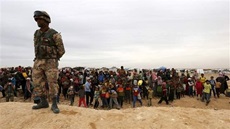
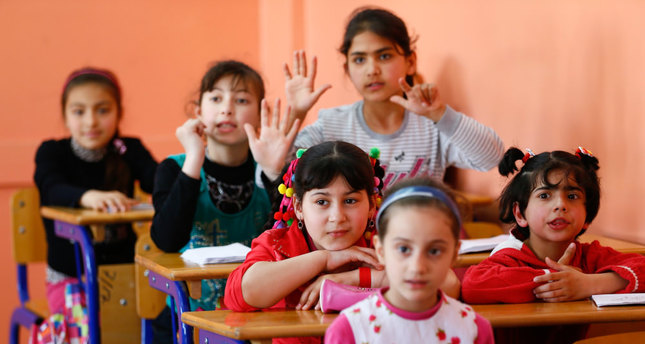

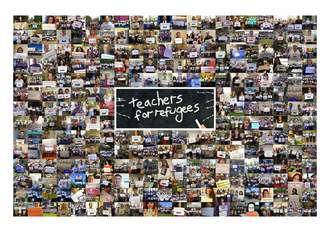
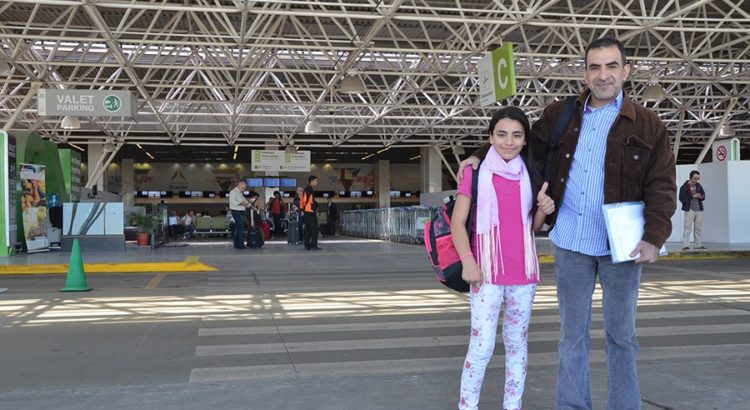
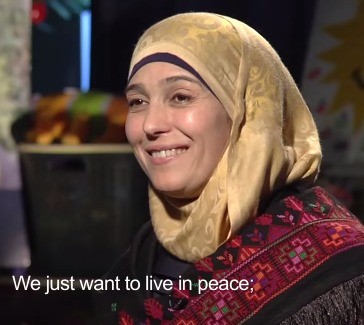


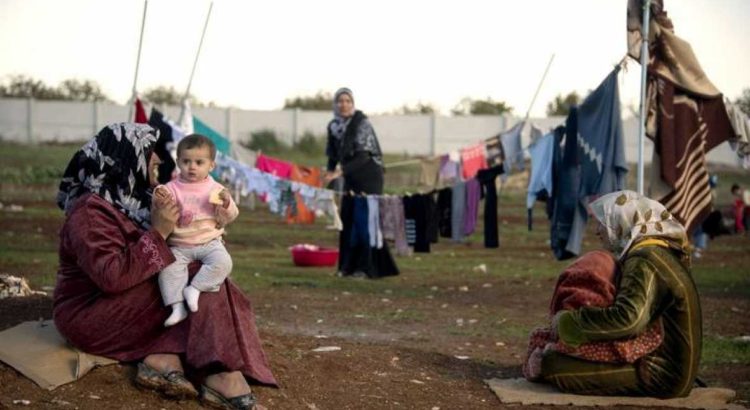






 Users Today : 22
Users Today : 22 Total Users : 35460375
Total Users : 35460375 Views Today : 29
Views Today : 29 Total views : 3419129
Total views : 3419129